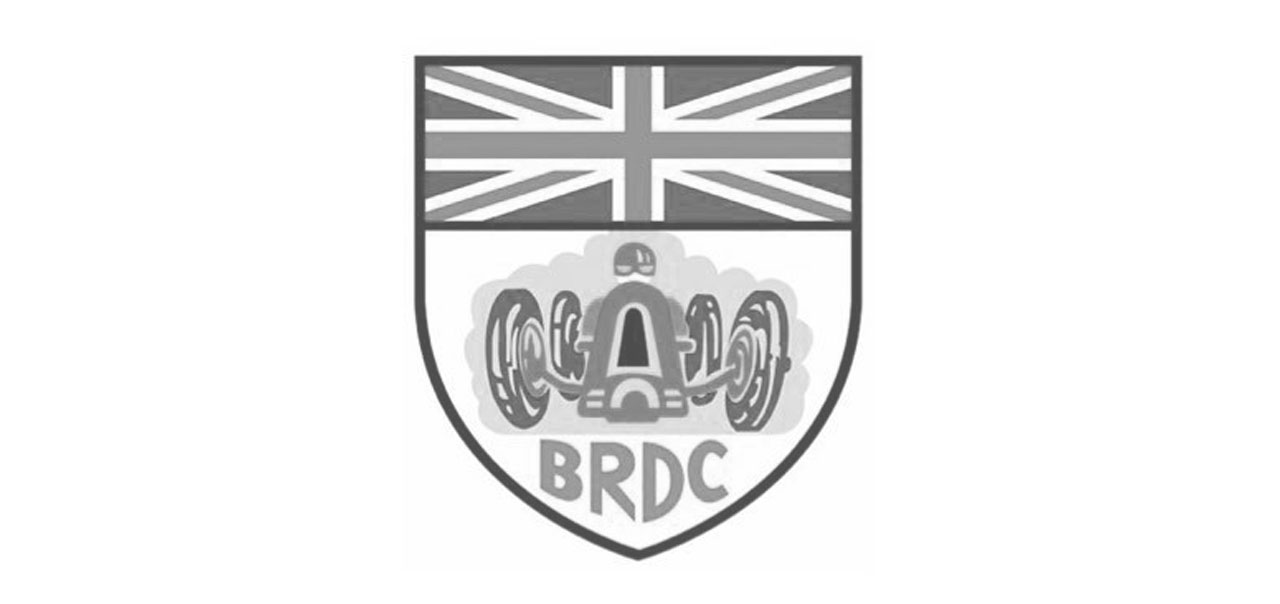Lessons learned for King after Spanish GP2 weekend
Date: 12 / 05 / 2015
“A frustrating weekend in terms of results, but one in which I learned a lot about the car, the series and myself!”
That’s the candid view of 21-year-old Jordan King, whose GP2 championship campaign last weekend resumed at the Circuit de Catalunya outside Barcelona.
The Racing Engineering driver, who scored points on his debut in Bahrain in the Formula 1-support series opener last month, had not raced at the Spanish Grand Prix since a Formula Renault 2.0 outing at the end of 2012, forcing a great deal of familiarisation with the 4.0-litre Renault-powered Dallara GP2 car.
“I dialled into the car and circuit OK,” says King, “although there’s always room for improvement. The Barcelona track has a bit of everything – fast, long corners and slow sections – so it takes some getting used to with more power and downforce than I had there in 2012.”
Practice gave King plenty to work on for the all-important qualifying session.
“My track-position timing wasn’t ideal,” he admits. “The outright speed wasn’t there, to be honest, but I got caught up in a lot of traffic and didn’t get the best out of the tyres. The team and I worked through the programme, though, and I was much happier by the end of the session.”
Qualifying, which sets the grid order for the first – and longer – of the weekend’s two races, did not quite go to plan for the former British F3 champion.
“It was a bit of a disaster,” King admits. “I was quicker in practice on the prime [harder compound] tyre than I was in the first qualifying session on the option [soft] rubber. I got a little bit out of sequence and didn’t deal with the traffic very well either. It gave me a bit too much to do on the second set of tyres, but I improved by 1.5 seconds, which put me provisional eighth, just six-tenths from pole.”
In the end, a number of King’s rivals, many of whom are second- or third-year GP2 drivers went quicker, leaving the Warwickshire racer 15th on the grid for Saturday’s feature race.
“We decided to try a different strategy for the race,” King says, “which meant I started on the option tyre and pitted after six laps to change to the [more durable] prime, as we’re obliged to run both compounds in the 37-lap race. I managed to gain a few positions but I developed a clutch problem that meant I was locking the rear wheels on downchanges,” he adds. It was a tough race down in 14th, where I finished, and the speed wasn’t there, but I was happy with the strategy – one of the crucial elements to a driver’s and team’s weekend in GP2.”
King changed a few things on the car for race two, including sorting the clutch issue and lined up 14th. He admits that he was more circumspect ahead of the Sunday morning’s 25-lap sprint race.
“I went into the race a bit more cautious, mindful of the tyre-management issues and dealing with traffic. I was able to move up two places in the first two laps, before settling into a rhythm. I got boxed in behind a few other cars and really should have passed them, but made up another place just after half distance, so I was pleased with that.”
A final finishing position of 11th meant King improved on his grid slot and that he left the first European event of the year happy that progress had been made.
“My longevity of pace was better and we learned a lot in terms of when to push, when to save tyres and how to get the most out of the track time,” he says.
The next race on the GP2 calendar pits drivers against the unforgiving streets of Monaco, where King has never raced.
“I can’t wait to experience that,” he admits. “Watching it on the TV growing up, I never imagined I one day race there!”








